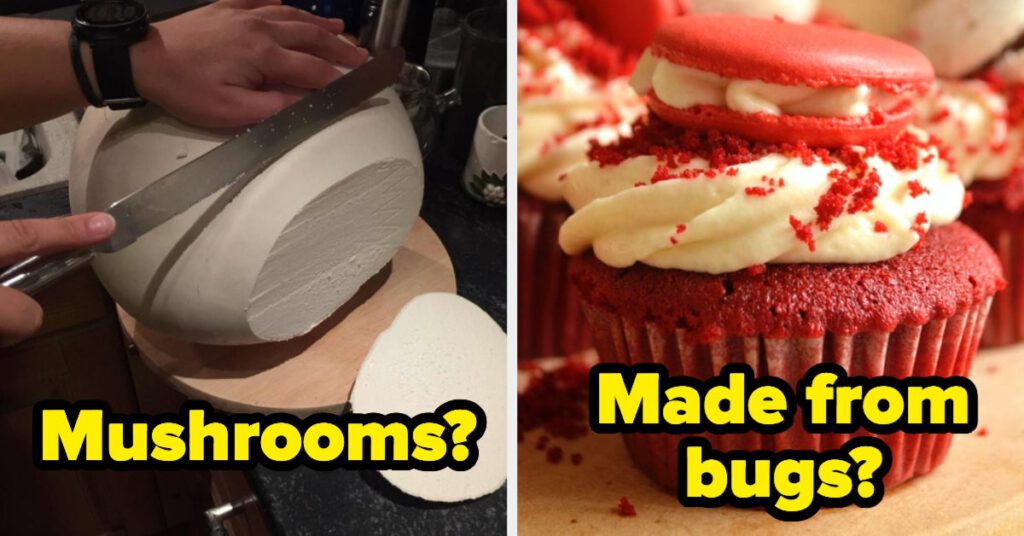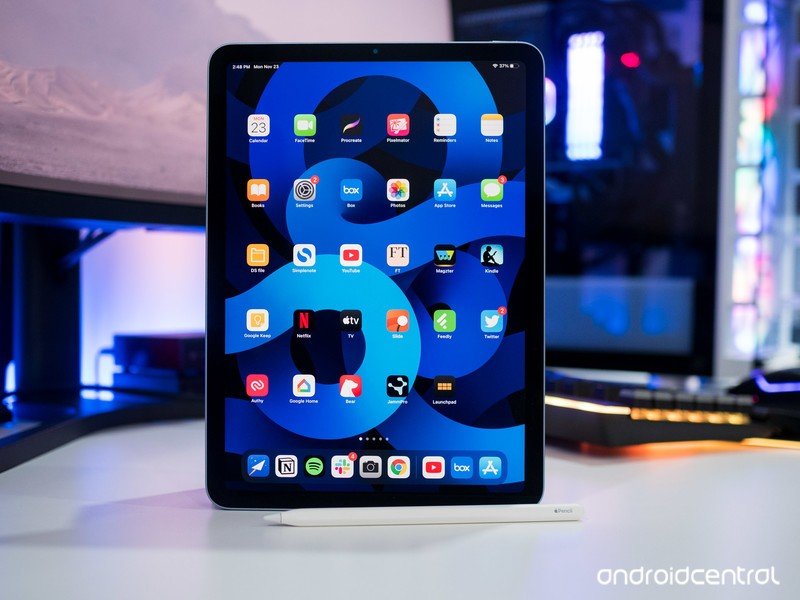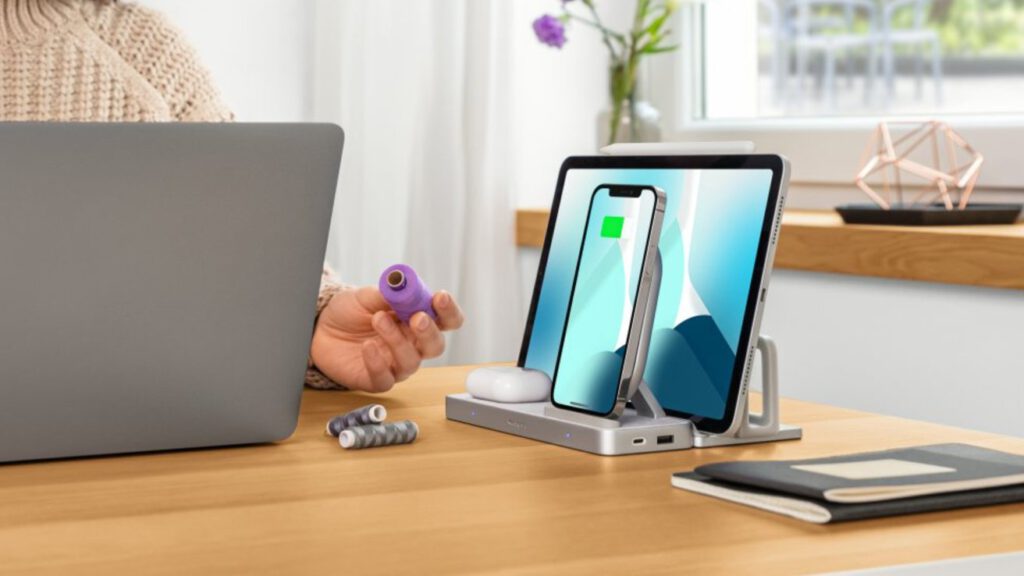1.
Coriander tastes like soap to some people, because of the presence of a few genes.
Unsplash / Via Aditya Rathod
Coriander tastes like soap to people who share the receptor-gene OR6A2. This gene detects the scents of aldehyde chemicals, which are found in both coriander leaves and soap! This trait might also be hereditary.
Unsplash / Via Tetiana Bykovets
Cacao beans were used as form of currency during the classic Maya period (250-900 BC). They also bartered other goods like tobacco, textiles, etc.
5.
The popular British breakfast / brunch dish, Kedgeree, has origins in our very own Khichri!
Unsplash / Via Mario Raj
According to Larousse Gastronomique, a culinary encyclopedia by Prosper Montagné, Kedgeree originated from the Indian Khichri — a concoction of spiced lentils, rice, fried onions, and ginger — eaten across the country and tracing its roots to the 14th century.
6.
There’s a reason why airplane food doesn’t taste good. Your taste buds react differently because of dry air and a pressurised cabin.
Unsplash / Via Toni Osmundson
The dry air in the plane causes your nasal passages to dry out, which reduces the perception of your taste buds. Moreover, the low pressure causes your olfactory receptors to be less sensitive.
8.
There might be bugs in your favourite snacks. Carmine, a red dye, is made from crushed bugs! It’s used in candies, sodas, ketchup, canned cherries, and red velvet cakes.
Unsplash / Via luisana zerpa
Carmine, or cochineal extract, is a natural food dye made from crushed cochineal bugs.
9.
Alphonso mangoes were introduced to India by the Portuguese.
Copyright Nrupen Madhvani / Getty Images
Almost all the mango varieties in Goa in the 15th century were of the “sucking” type. The Portuguese colonists introduced a firmer variety by way of grafting. It was named Alphonso after a Portuguese viceroy, Alphonso de Albuquerque.
11.
The wasabi you’re eating with your favourite sushi might actually be…coloured horseradish.
Unsplash / Via Cath Smith
Wasabi is pretty expensive and rare to come across. You’re likely to find it in high-end restaurants in Japan.
13.
Want to test how fresh the eggs in your fridge are? Put them in a glass of cold water! Fresh eggs will sink, and any egg that floats needs to be in the garbage.
Unsplash / Via Hello I’m Nik
This is because the air pocket in the egg gets larger as time goes by.
14.
Brown sugar and white sugar are the same.
Unsplash / Via Tijana Drndarski
How? White sugar is refined. The molasses, that gets removed during this process, is simply added back in. Both varieties are nutritionally similar.
15.
Rajma Chawal would not have been a thing if kidney beans hadn’t been brought to the Indian subcontinent from Mexico.
Jogy Abraham / Getty Images/iStockphoto
The red kidney bean was introduced to India by the Portuguese.




